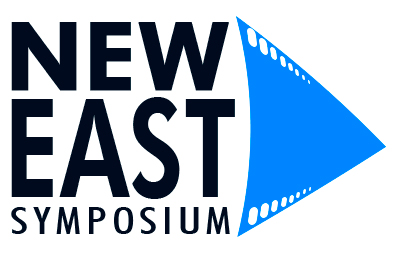SHAR Studio, Ivan Maksimov, Leonid Tishkov
New Russian Animation: Shar Studio, Ivan Maximov, and Leonid Tishkov
Friday, 7 May at 4:00pm
"Shar" Studio
The animation school-studio "Shar" [Shkola Animatsionnoi Rezhissury] was established in April 1993 at the initiative of a group of prominent Russian animation directors: Iurii Norshtein, Fedor Khitruk, Andrei Khrzhanovskii, and Eduard Nazarov. "Shar" Studio actively participates in the production of animated films, as well as organizes workshops for the professional training of animators and directors. The Studio has received international recognition for its highly artistic use of animation techniques and other kinds of cinematography in films for children and commercial projects. Animated films produced by "Shar" Studio have won prizes at many international film festivals.
Ivan Maximov
- Bolero (6 min)
- Provintial School (6 min)
- The Strings (6 min)
- 2 Trams (1 min)
Ivan Maximov is well known among Russian animators. After graduating the Advanced Filmmaking and Scriptwriting Courses (A. Khrzhanovskii's/V.Ugarov's workshop studios) in 1988, Maximov made a number of animated films that brought him to international attention. His diploma film 5/4 won awards at festivals in Russia, Germany, Italy, and Hungary.
In an interview, Maximov said that he seeks inspiration for his films in "good music, good pictures and people, in the internal sense of the harmony of sound-image or the harmony of my own synthesized world, which provides the only connection among my films. I simply look at that world through a small window and show you here, what I see there."
Leonid Tishkov
- The Simple Actions of Dabloids> (2 min), 1998
- Christmas Tree at Ivanovs (4 min), 1998
- The Clock (2 min), 1998
- Pyzirev and Sonia (2 min), 1998
Leonid Tishkov was born in a small town in the Ural Mountains in 1953. He graduated from medical school in Moscow in 1978 but soon abandoned his career as a surgeon to become an artist. He admits that his medical education helps him in his art. "I very often use special drawings from medical books and I also use very special themes from biological science." His cast of characters includes walking stomachs, deep-sea divers, elephants, and assorted human organs.
He became famous for his creation of the Dabloid, "an absolutely anthropomorphic creature made up of an anomalous leg with a small head on its top."
"He usually has five fingers, though sometimes he mutates and changes form. A Dabloid is always red. This is the color of its life force. Each person has a Dabloid that accompanies him for life."
"The form of a Dabloid symbolizes a conjunction of high and low: the head is heaven, far off, and, therefore, is small; the leg is below, itUs firm and large. The leg, rather than the hand as Engels claimed, is the image of man . Man is the only upright-walking animal on the planet and he has legs. The image of a leg as human, as well as the eroticism it symbolizes, is part of the culture of all people. The Dabloid must be put into one of the most honored places in your house. And now it becomes your friend, your other, your double, your twin. He accumulates and destroys the Phantoms of consciousness." (Tishkov, transcription of an interview)
Tishkov's continually evolving narrative and space is mapped out in drawings, prints, illustrated books, paintings, sculptures, plays, and video installations. He has published some of his own work, and the work of other artists, through the Dablus Foundation and Dablus Press, both of which he established. Today his work is widely shown throughout Europe and the United States.
Total running time: 90 min
